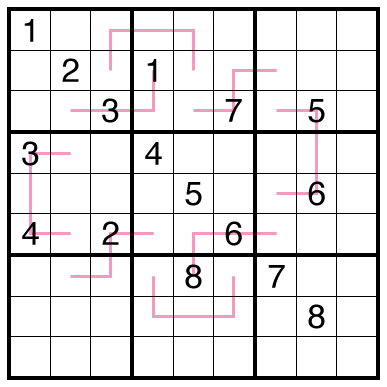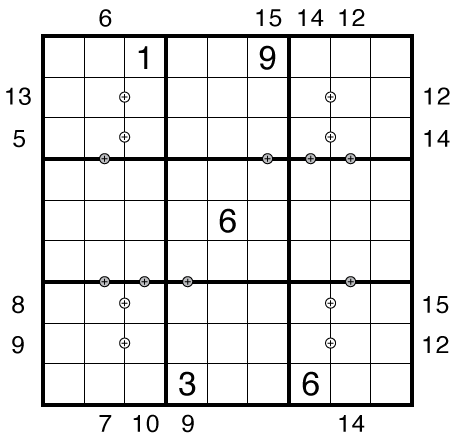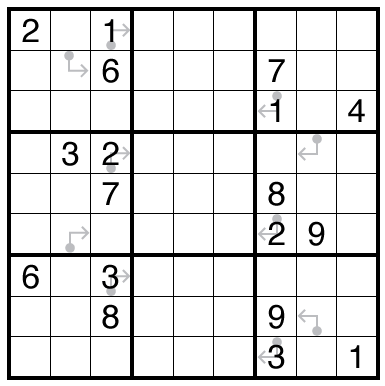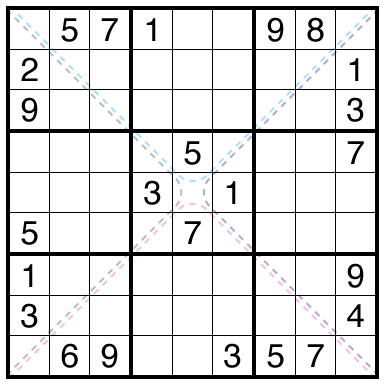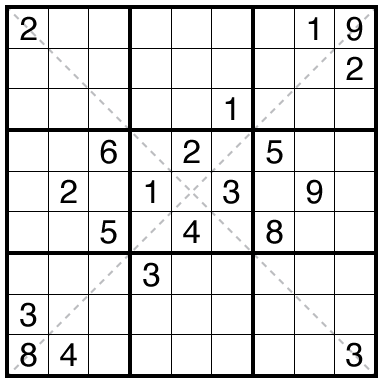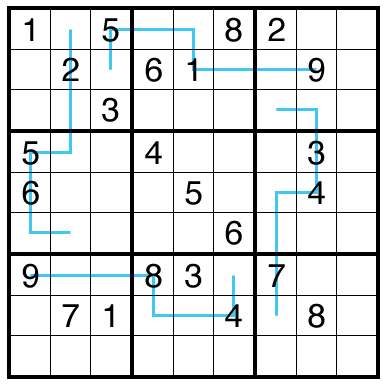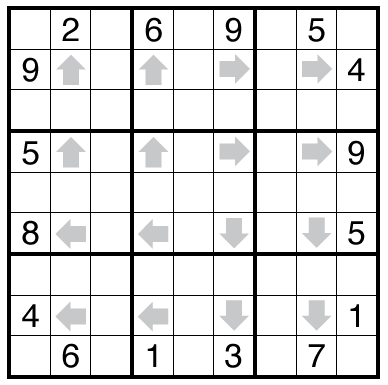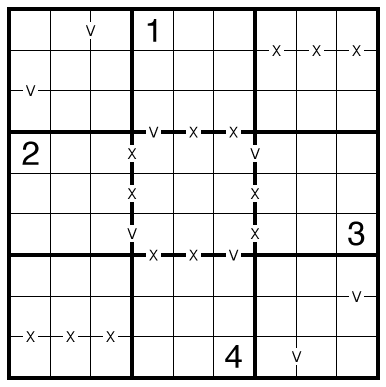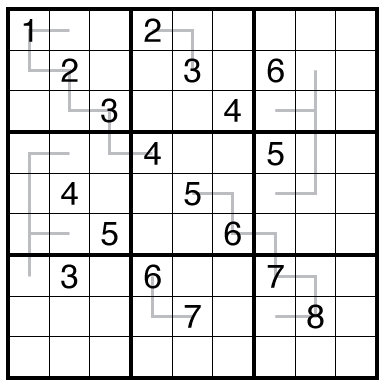XIVI Pairs Sudoku by clover!
(This post is part of the Genuinely Approachable Sudoku (GAS) series.)
What some may have seen as a typo of a 6 for a 5 in an earlier XV Pairs Sudoku by clover! may have merely been a new “portal of discovery”. Here we have XIs and VIs and the logic still has a certain kind of rhyme.
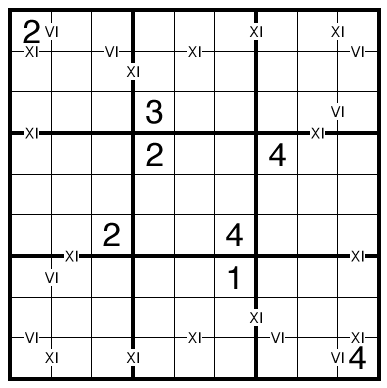
or solve online (using SudokuPad)
Author/Opus: This is the 66th puzzle from Clover, part of the Genuinely Approachable Sudoku (GAS) team.
Rules: Standard Sudoku rules (insert a number from 1 to 9 into each cell so that no number repeats in any row, column, or bold region). Whenever an XI or VI, reflecting the numbers 11 or 6 in Roman numerals, is placed on the edge between cells, the numbers in the two adjacent cells must sum to exactly 11 or 6. (Pairs of cells without an XI or VI can have any sum value.)
GAS Time Standards (highlight to view): Two party hats (🎩🥳): 6:00; One party hat (🥳): 11:00. All other solvers earn a 🦕: gentle Guaibasaurus.
Thomas Hits the GAS (highlight to view): 2:03, with SudokuPad replay file shared as a download for now (requires loading via settings menu with improvements expected before people should use this regularly).
Solution: PDF and solving video with explanation from GAS team.
Note: Follow this link for other less common variations of Sudoku.
Note 2: Comments on the blog are great! For a more interactive discussion, please also consider using our Daily GAS discussion post on the GMPuzzles Discord. Not a member of the Discord? Click this link for basic access.

